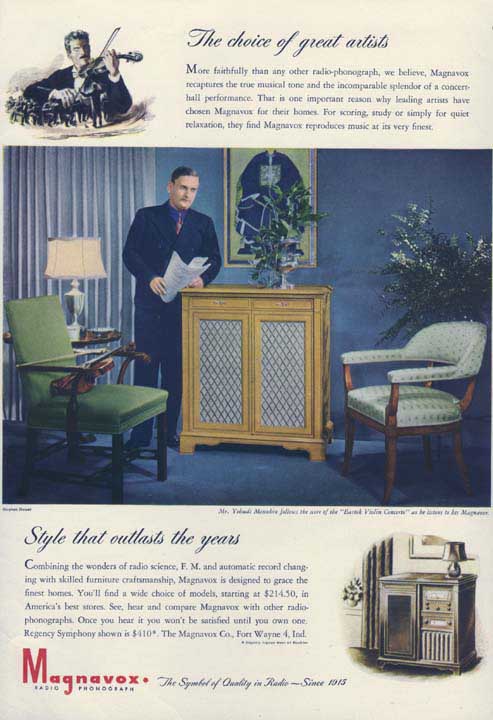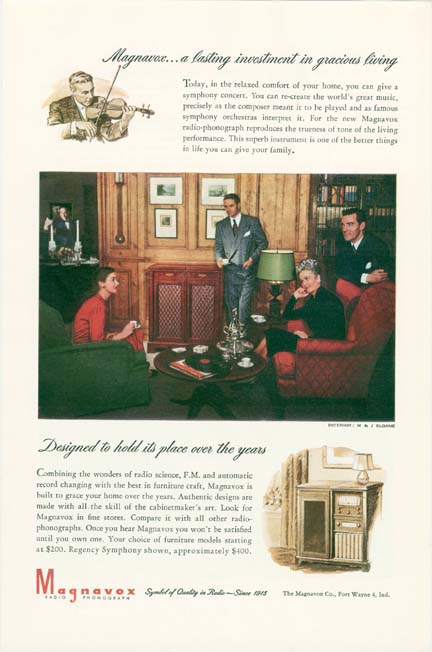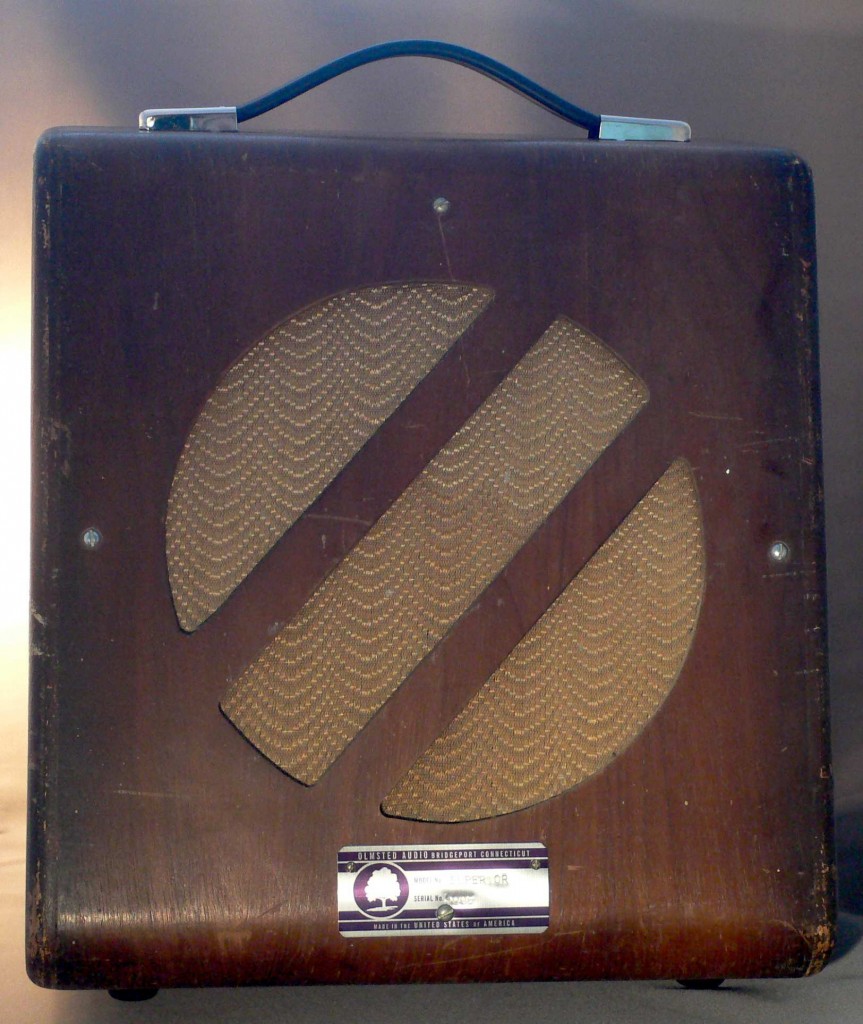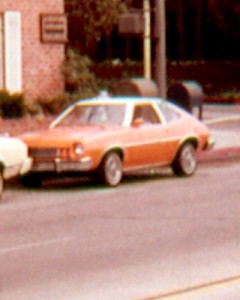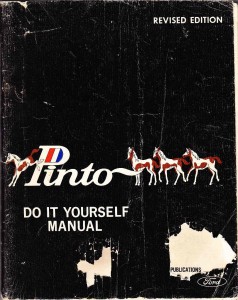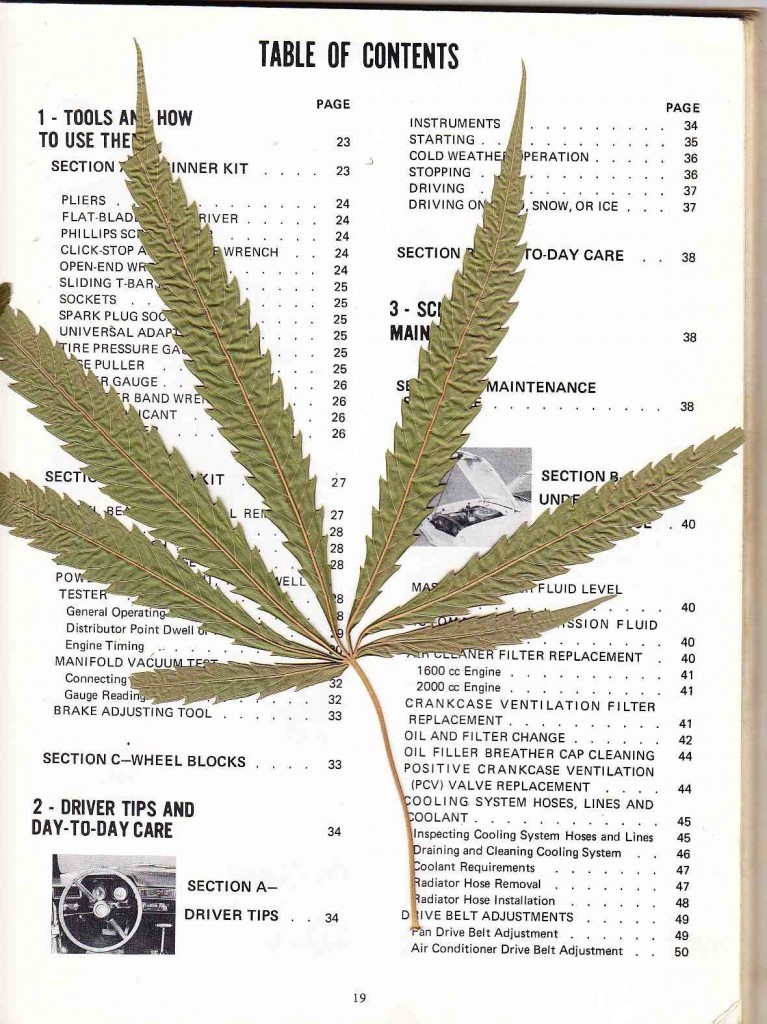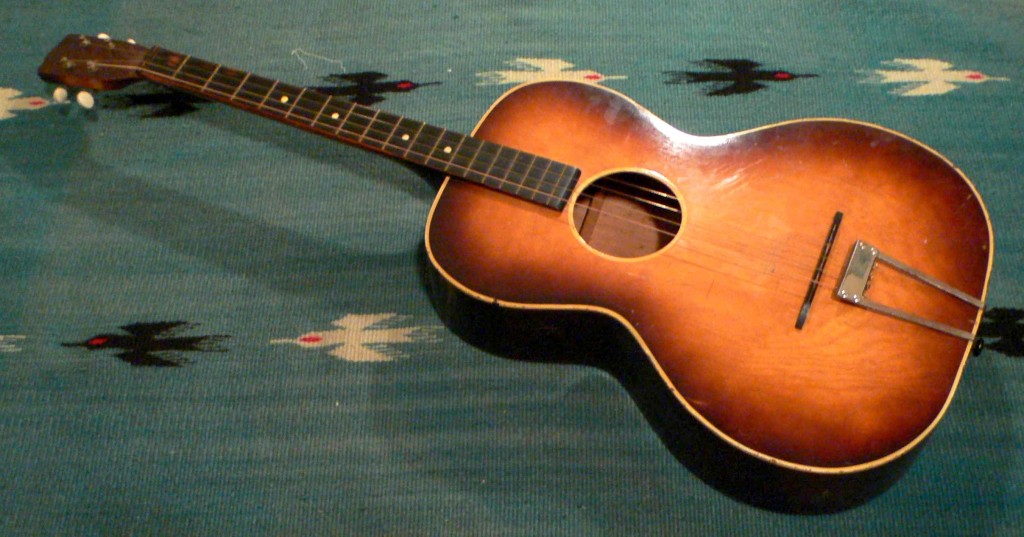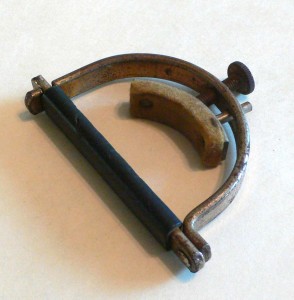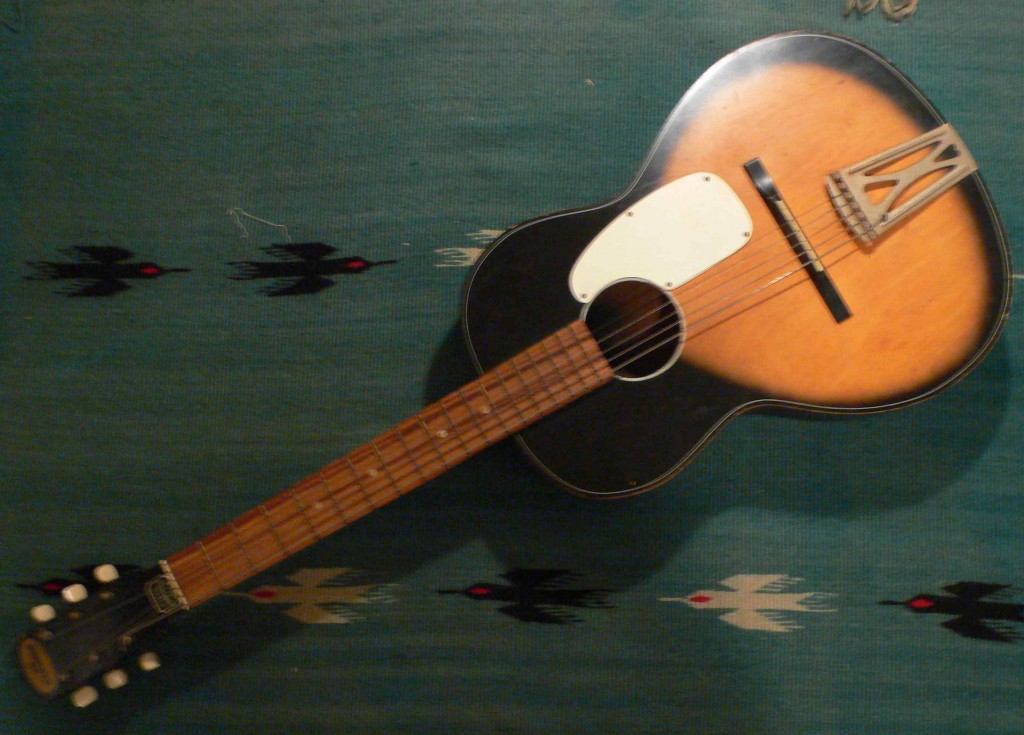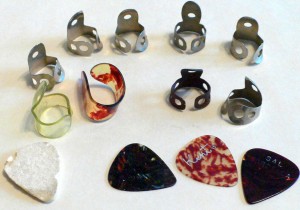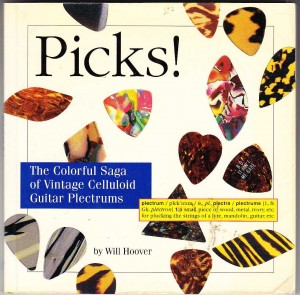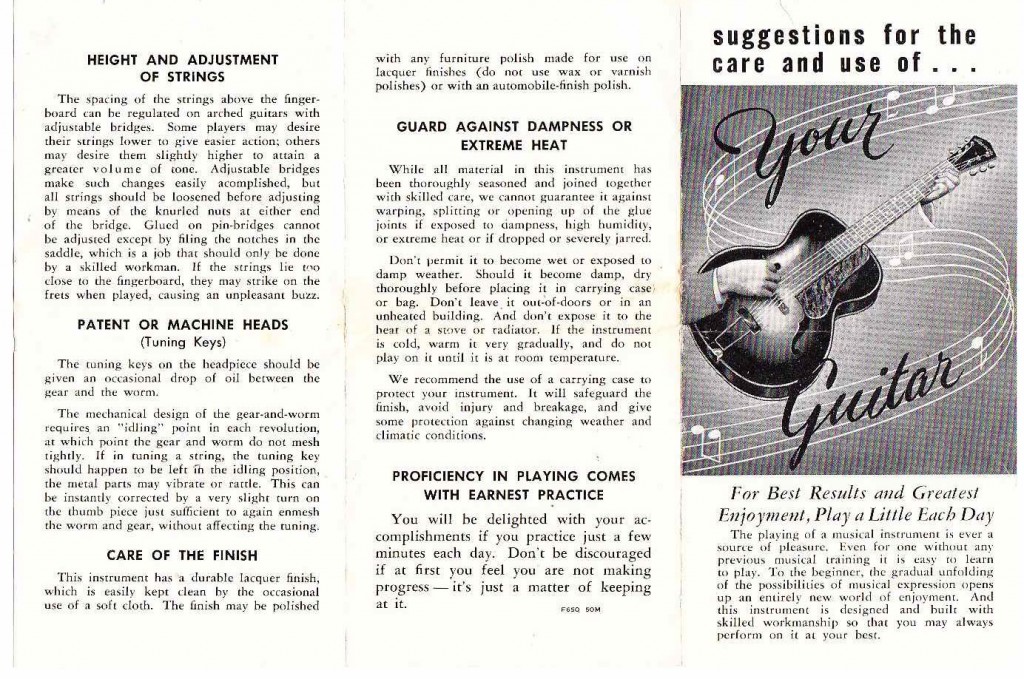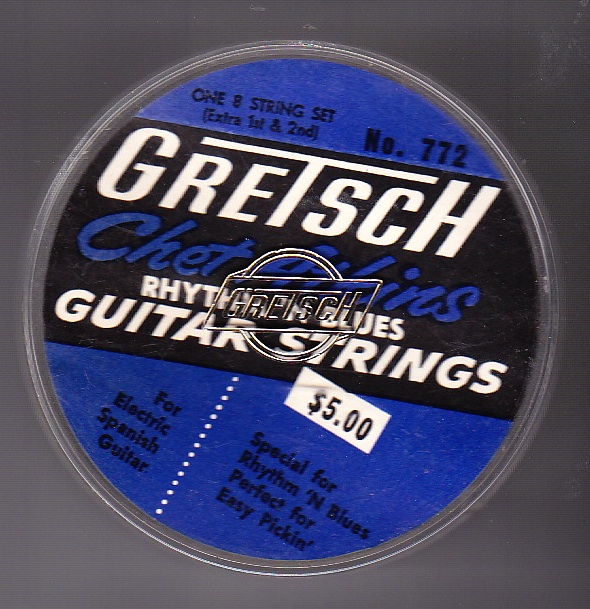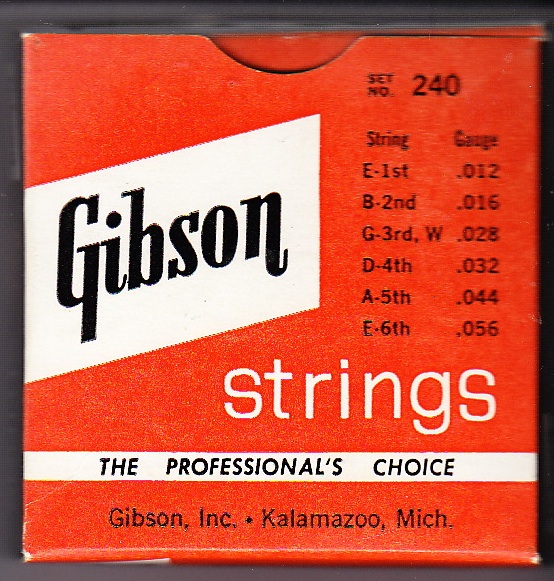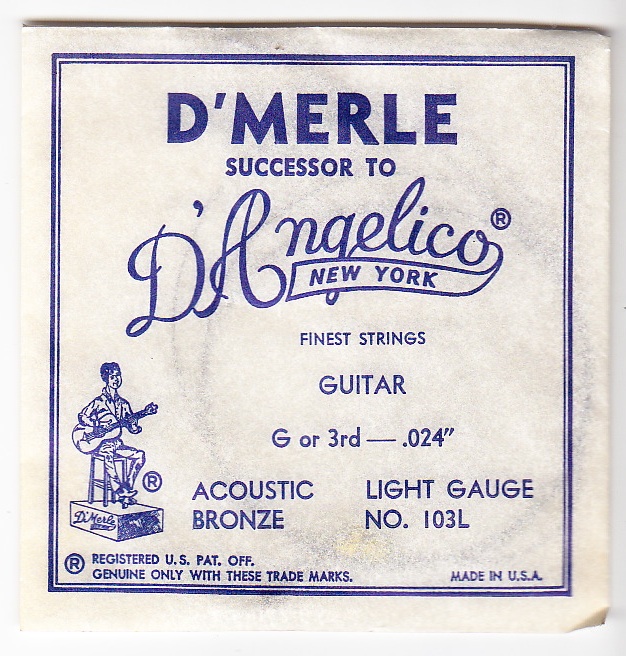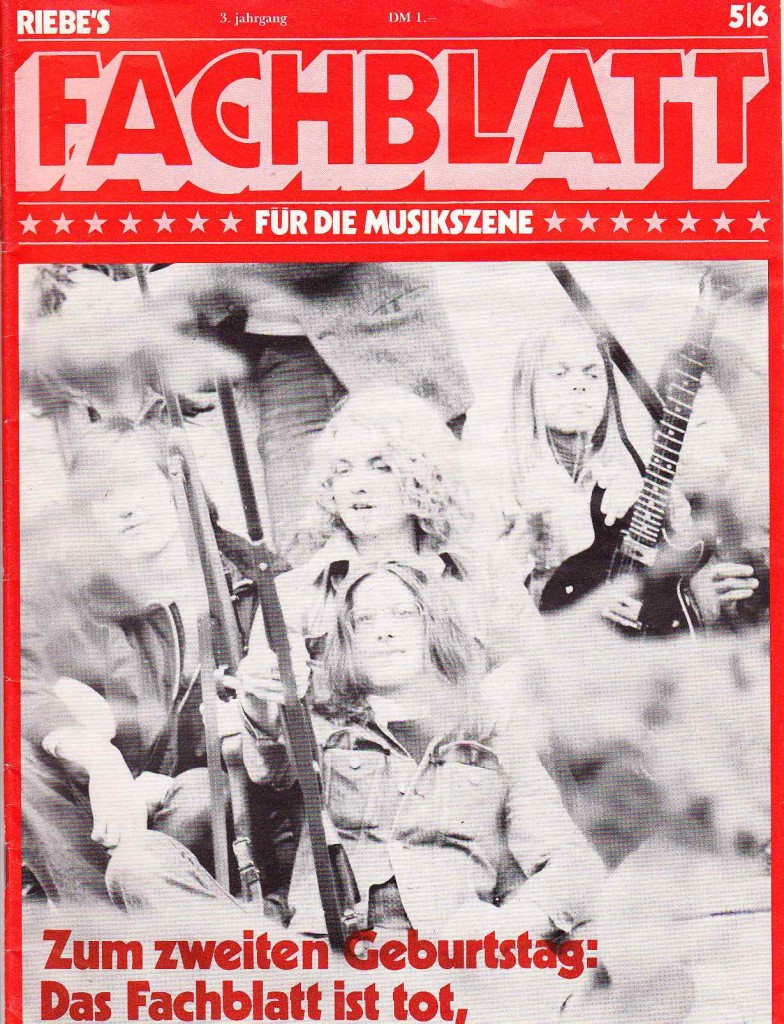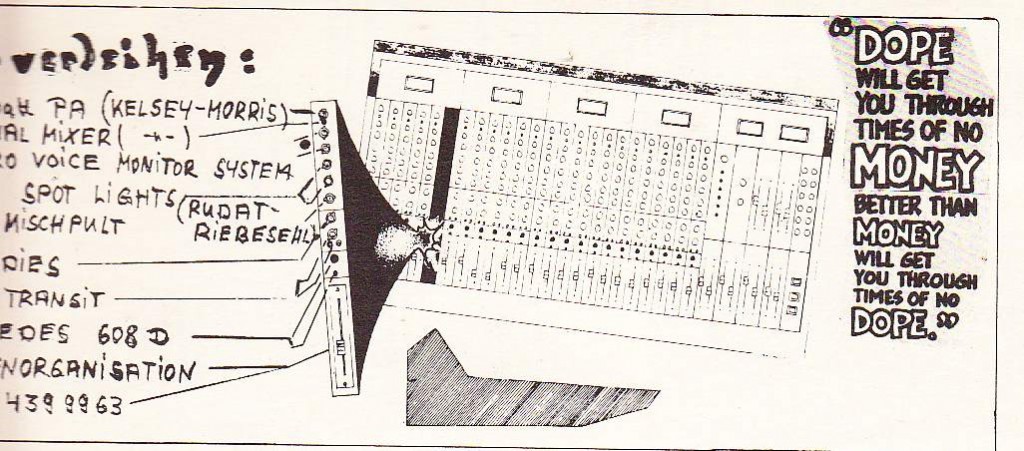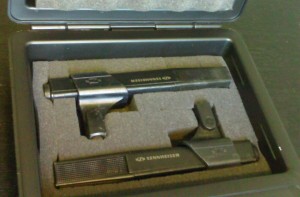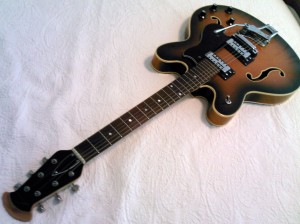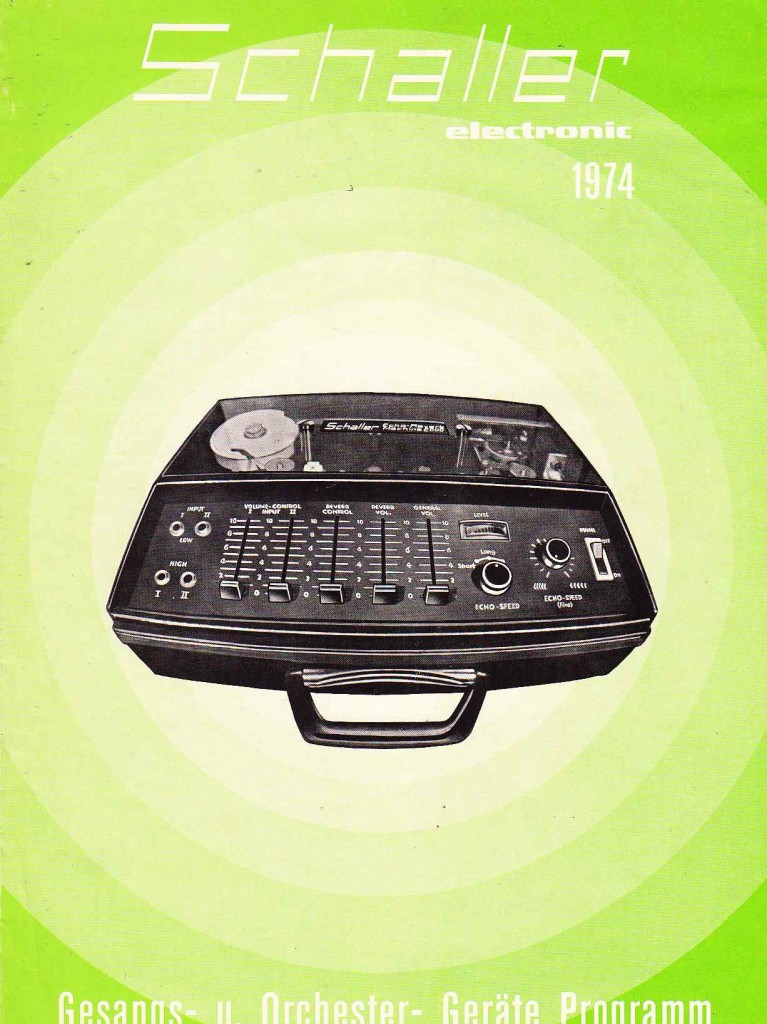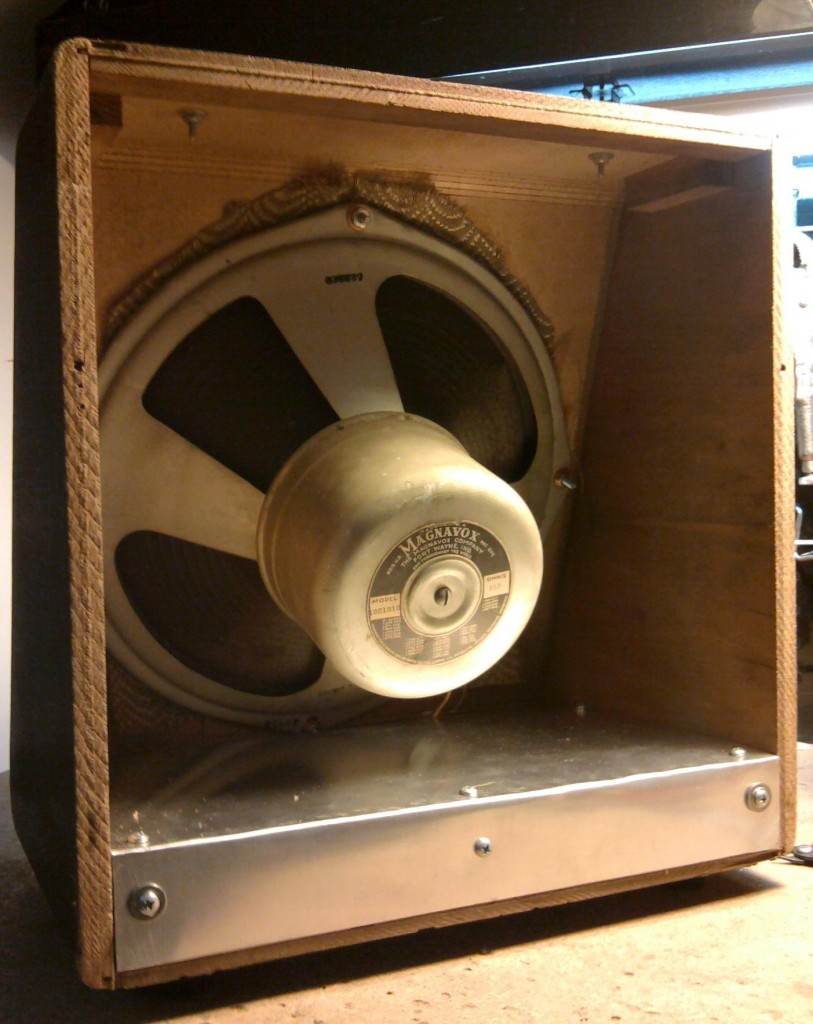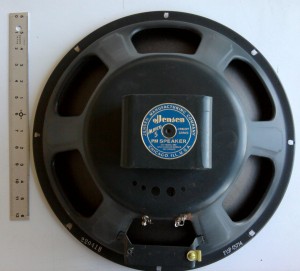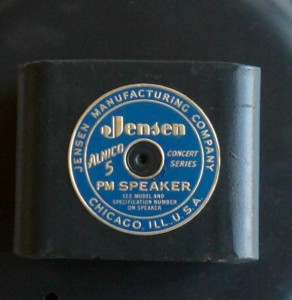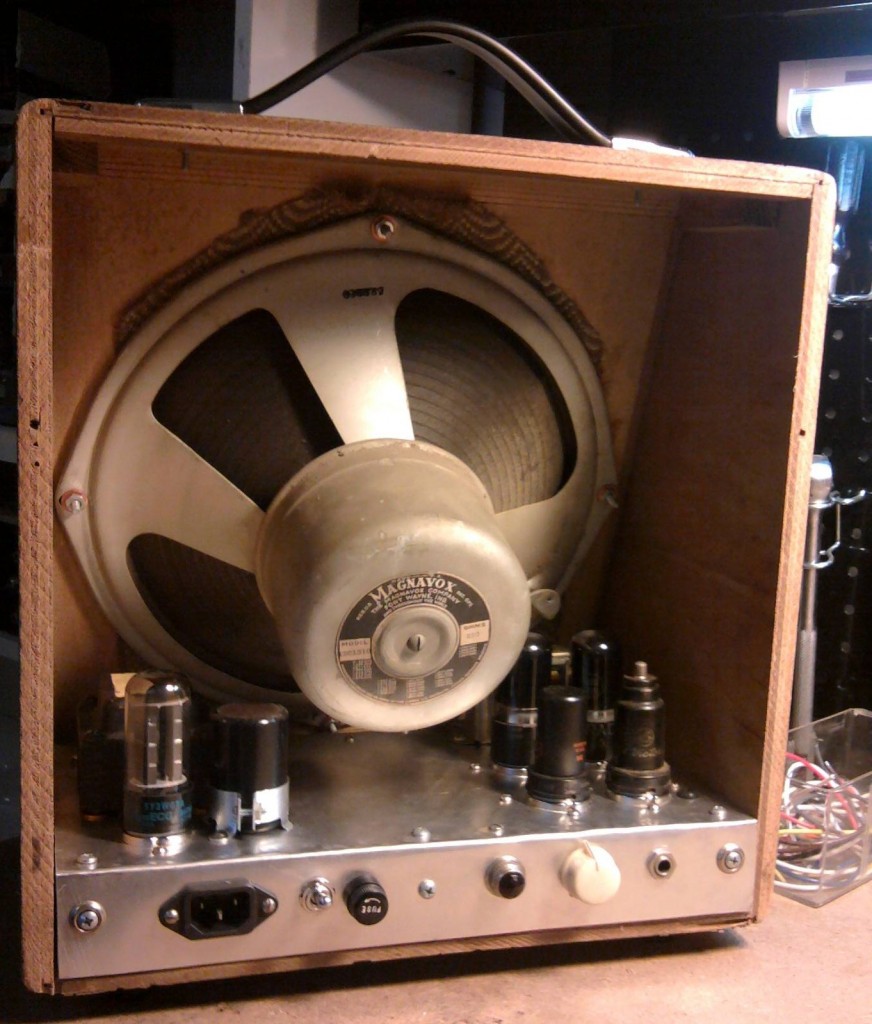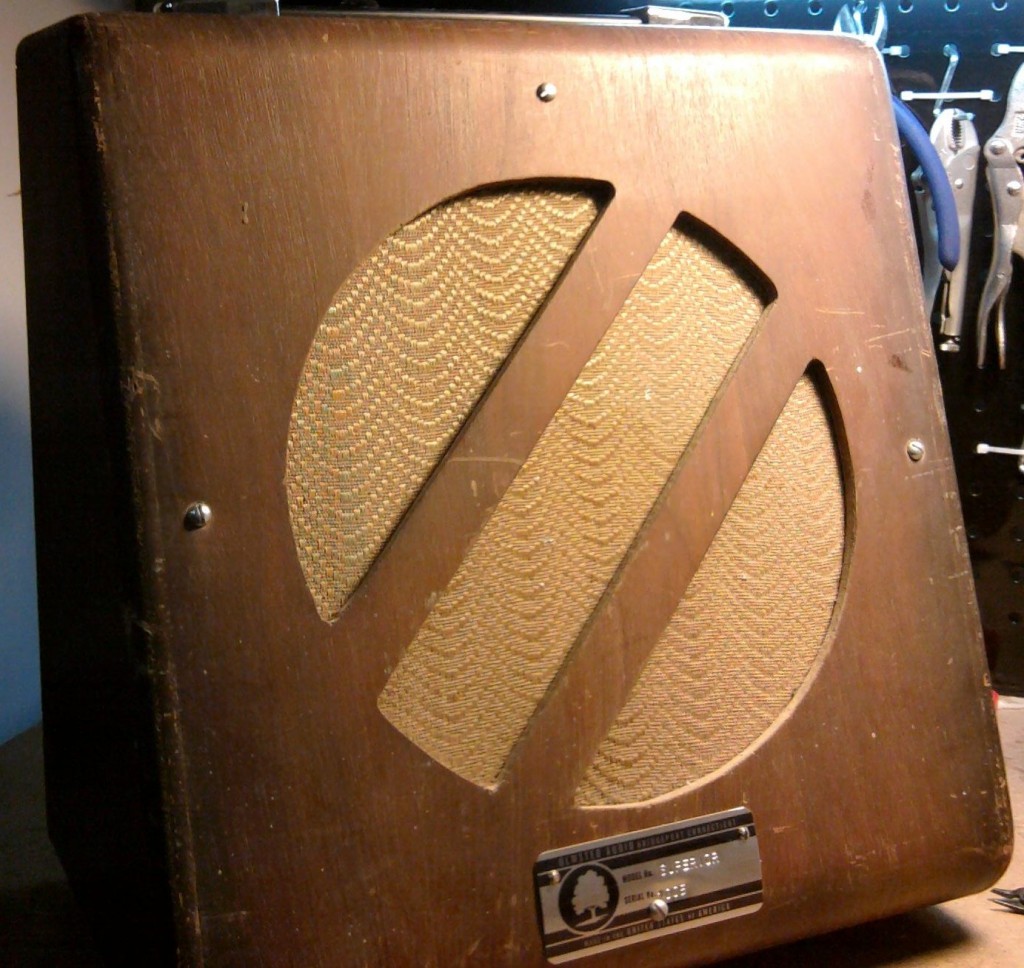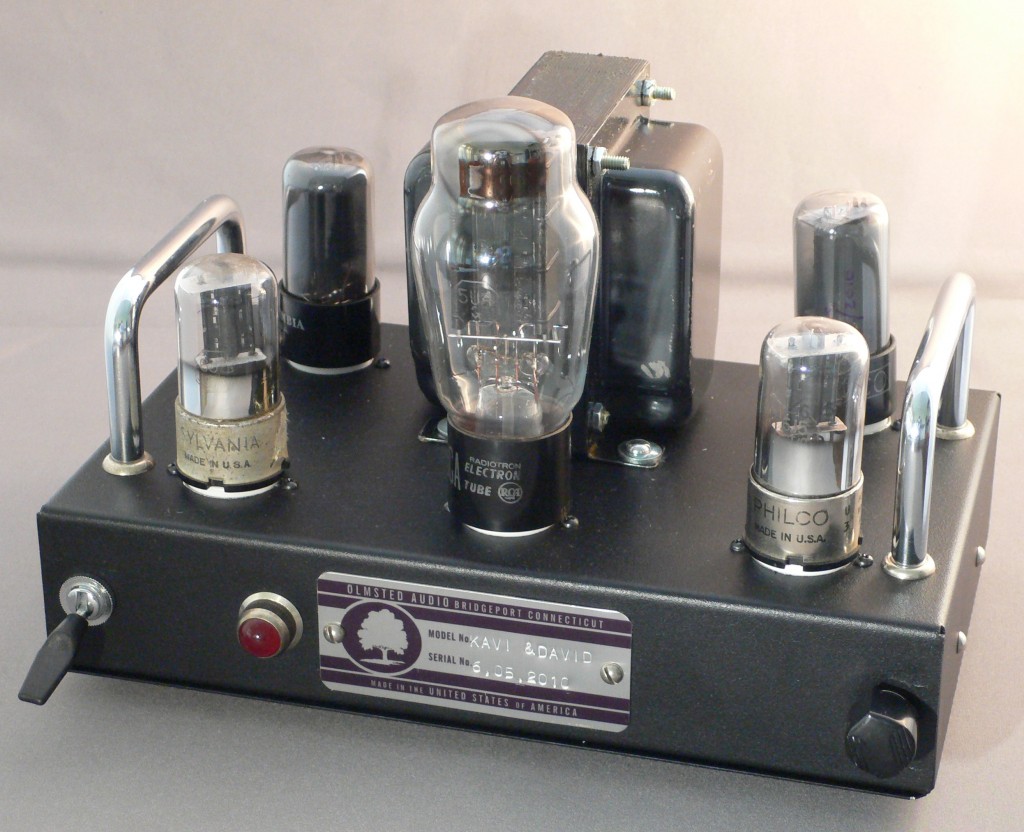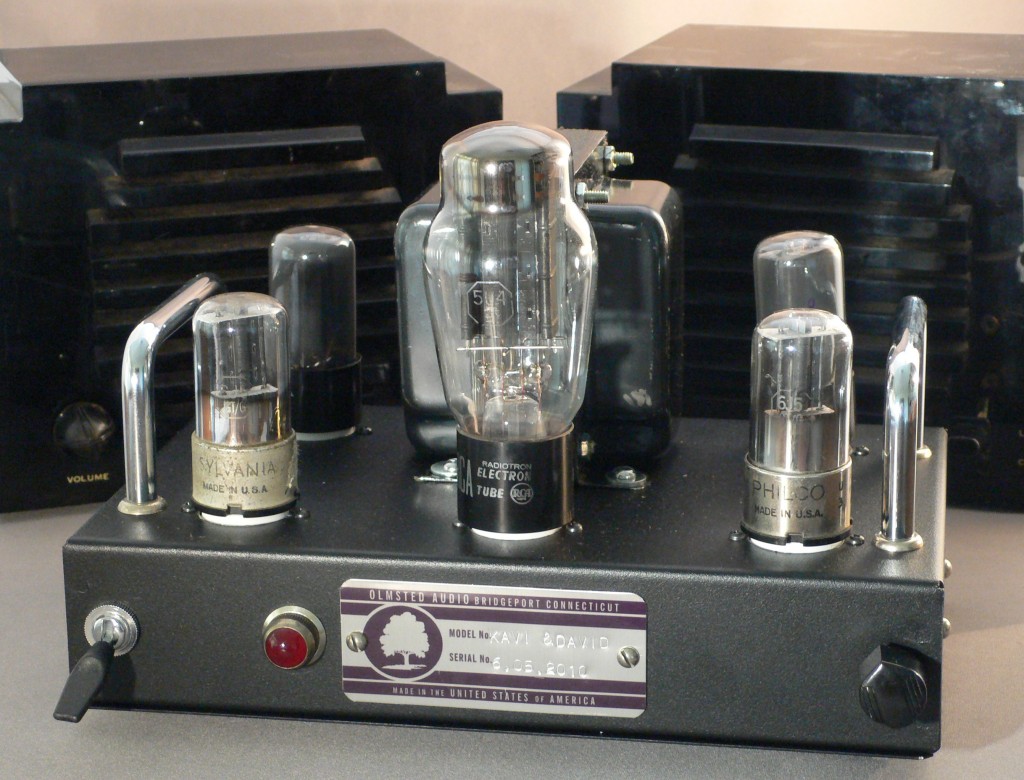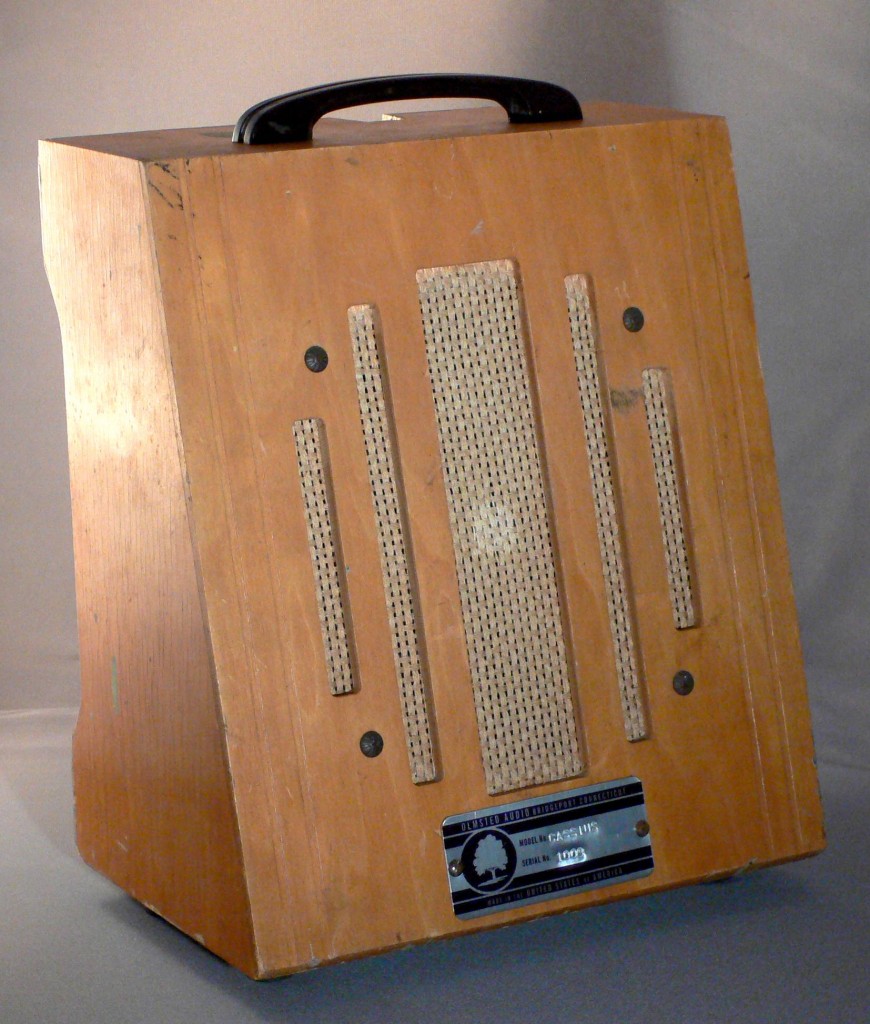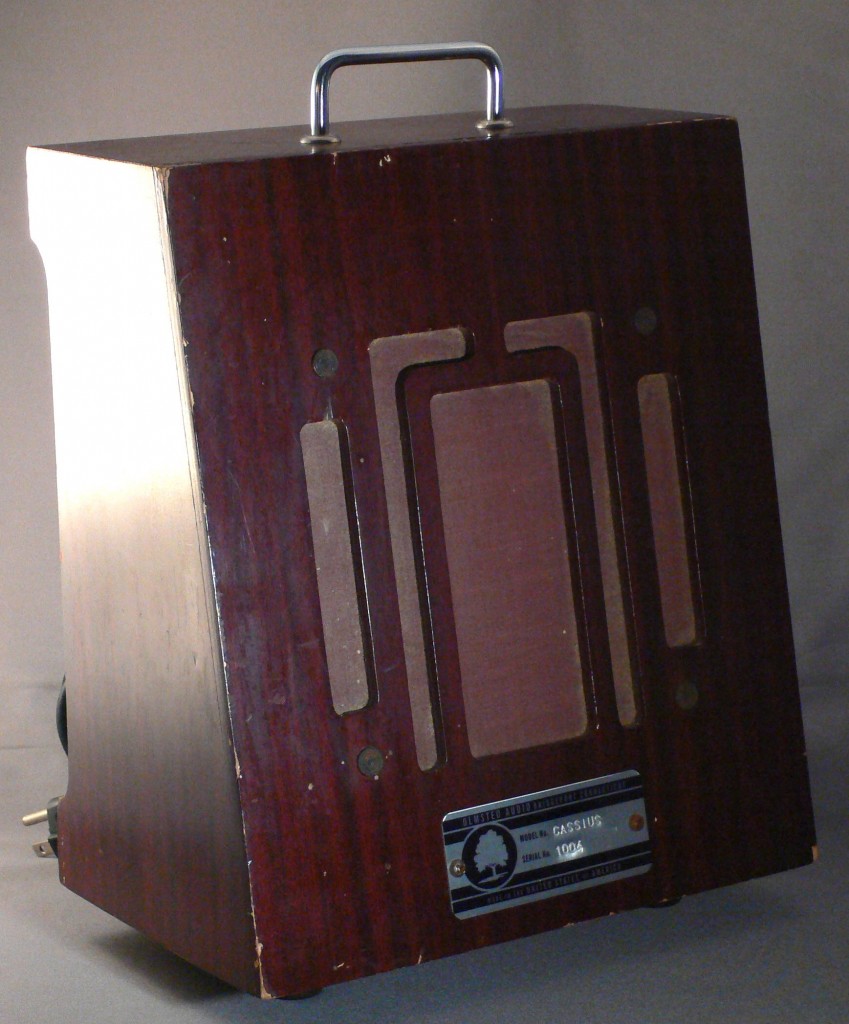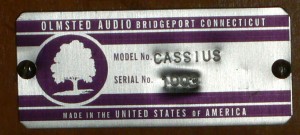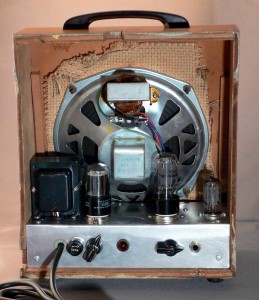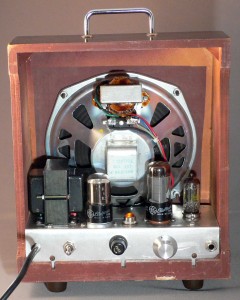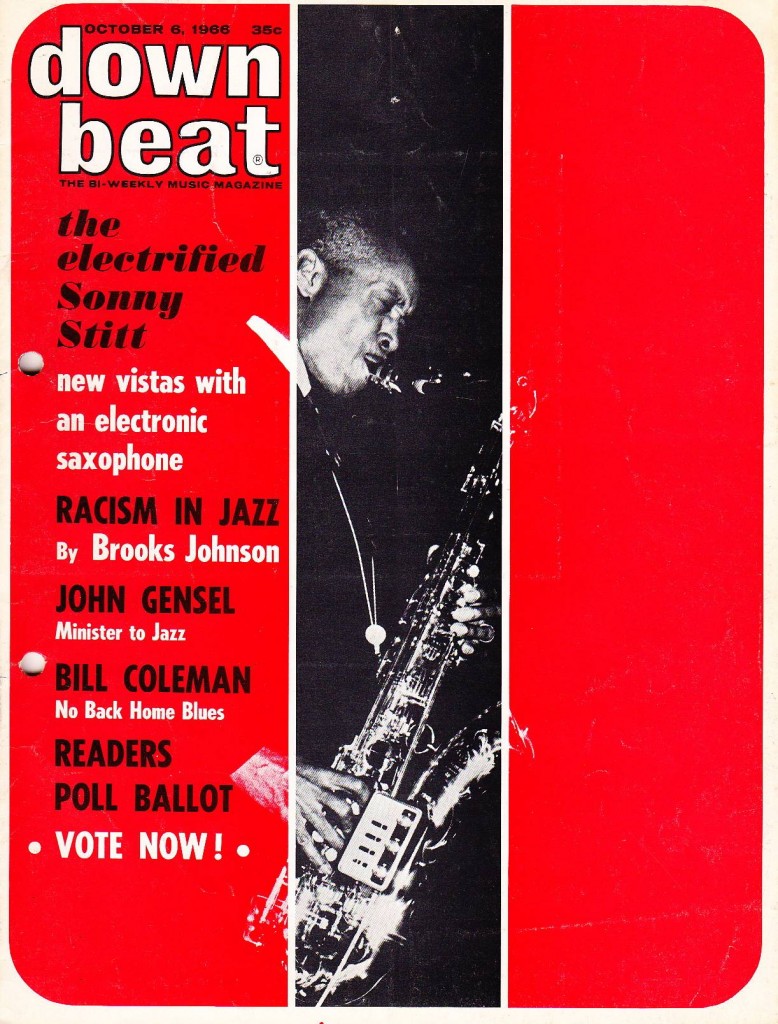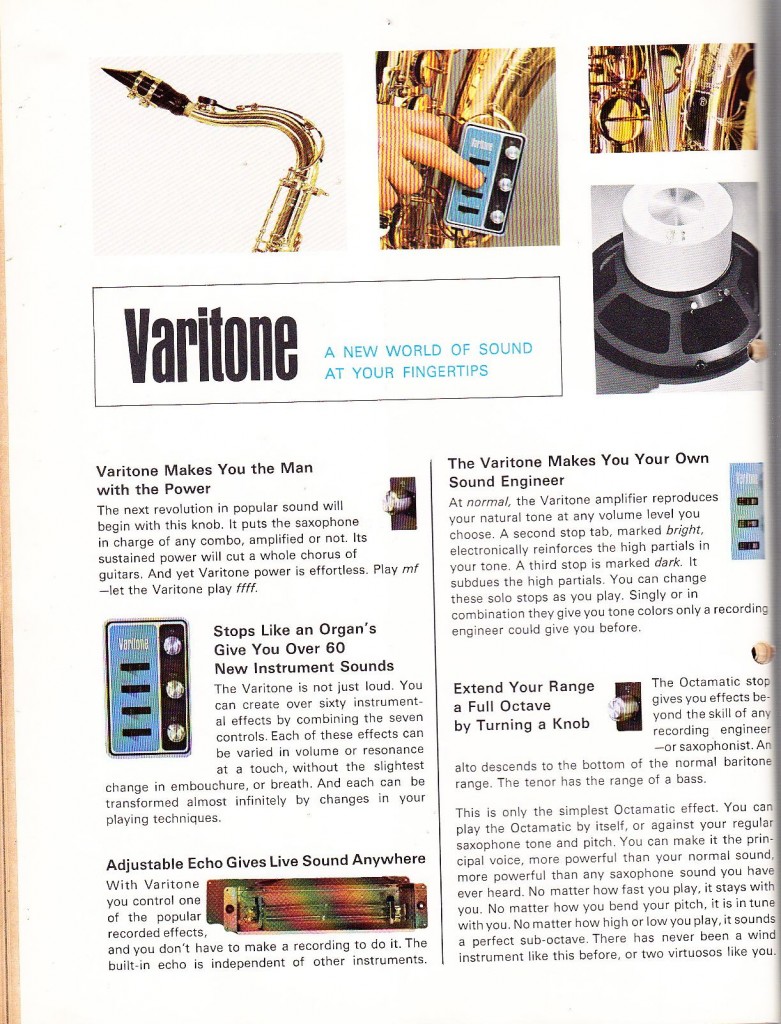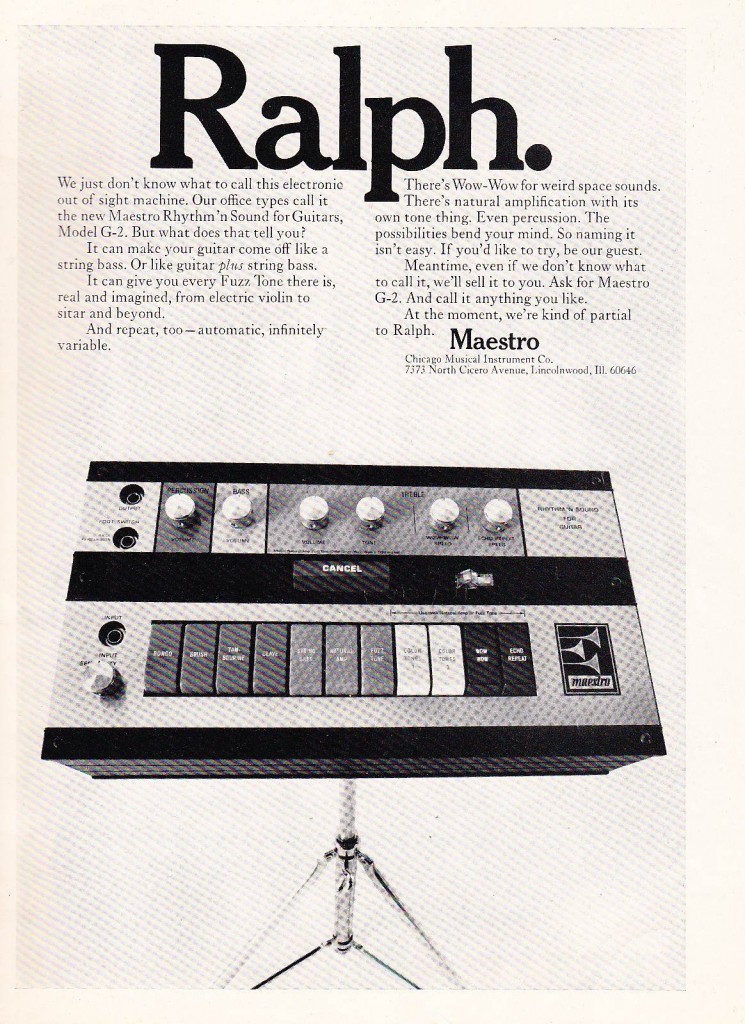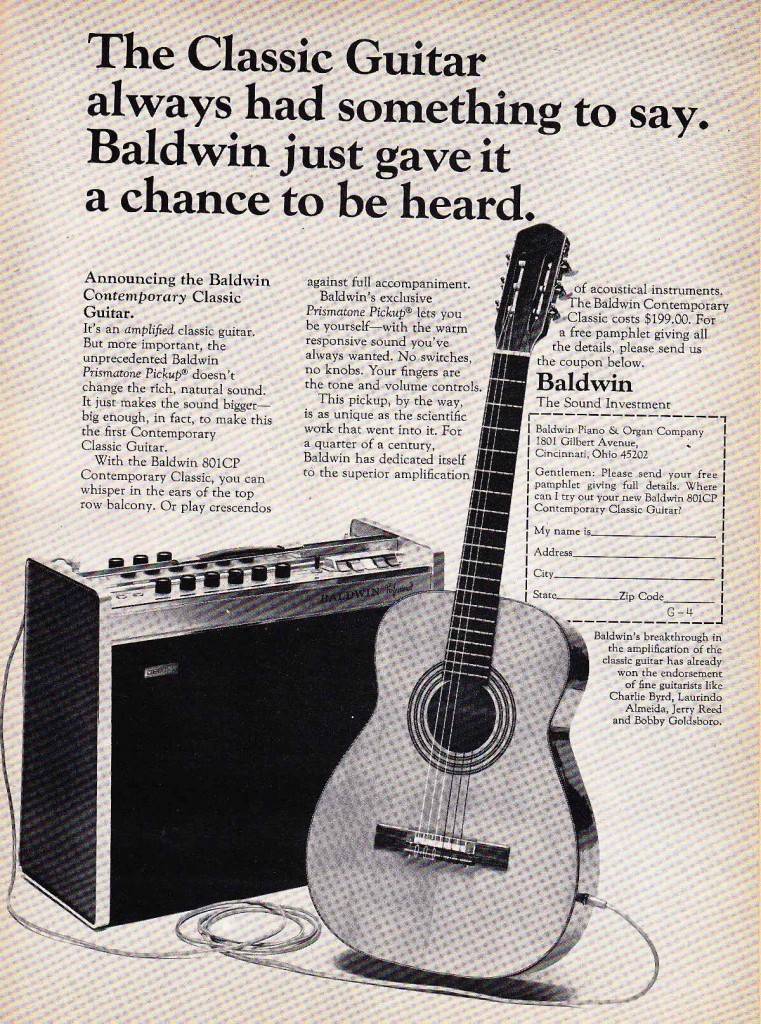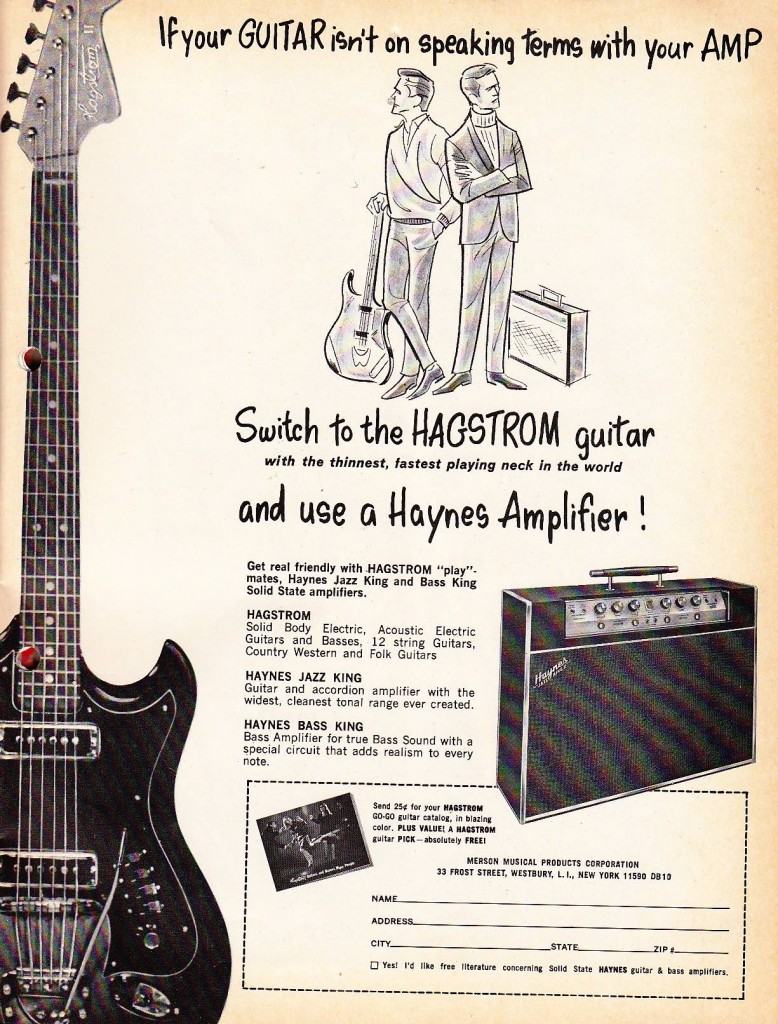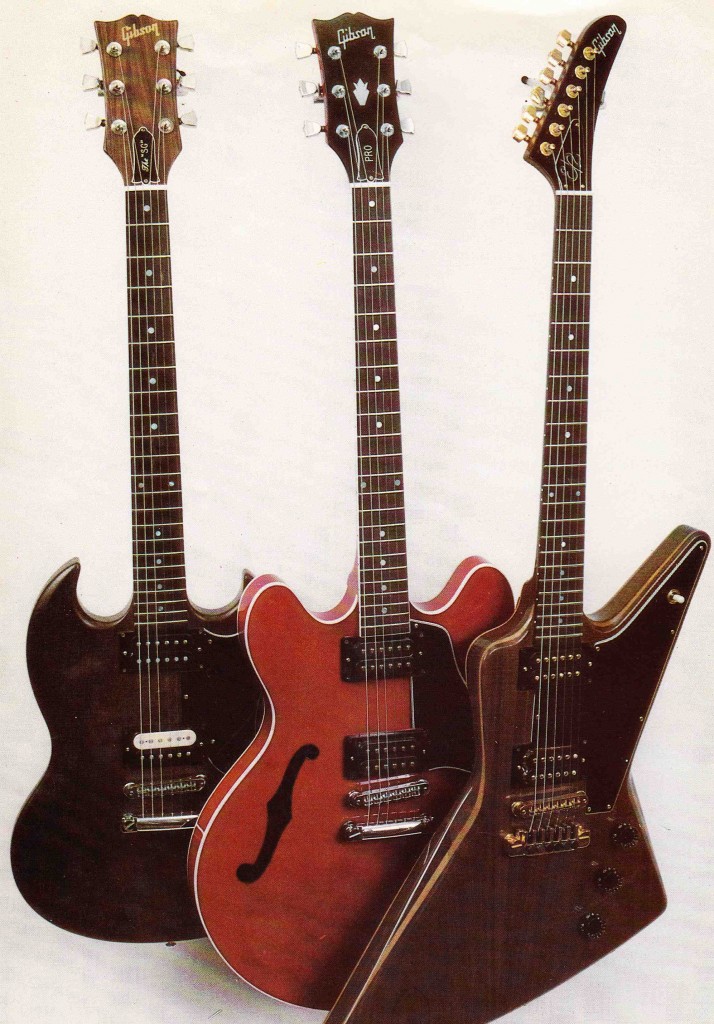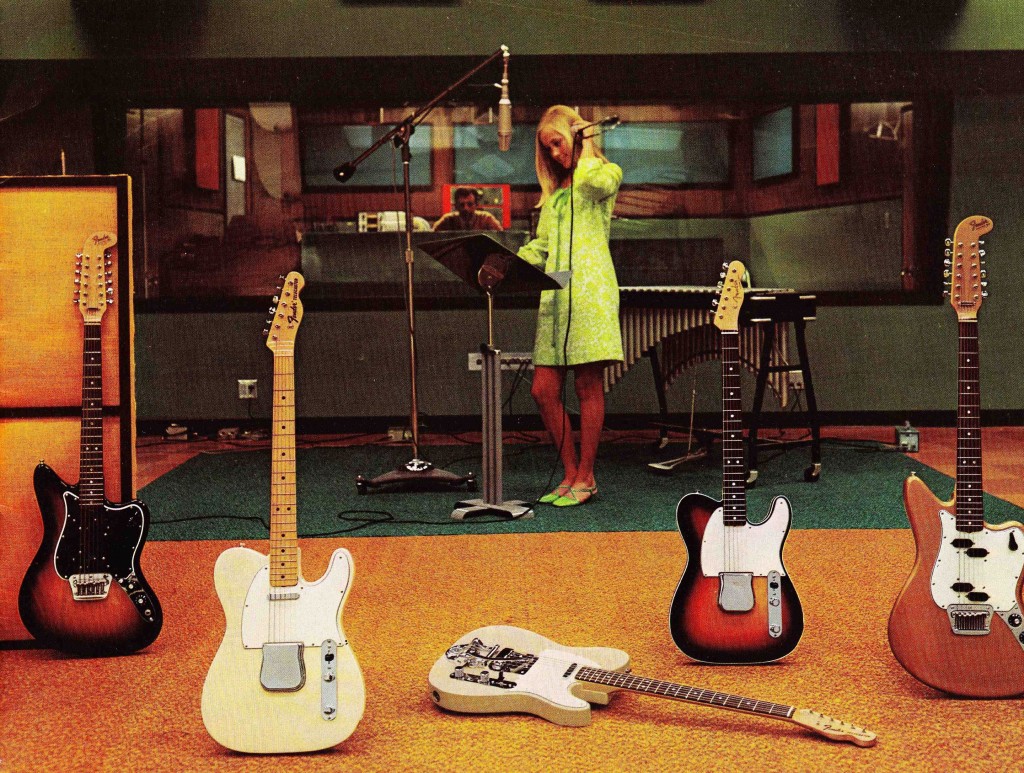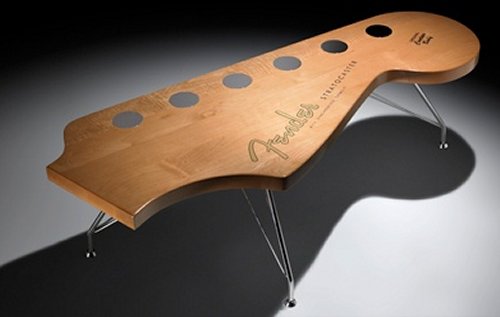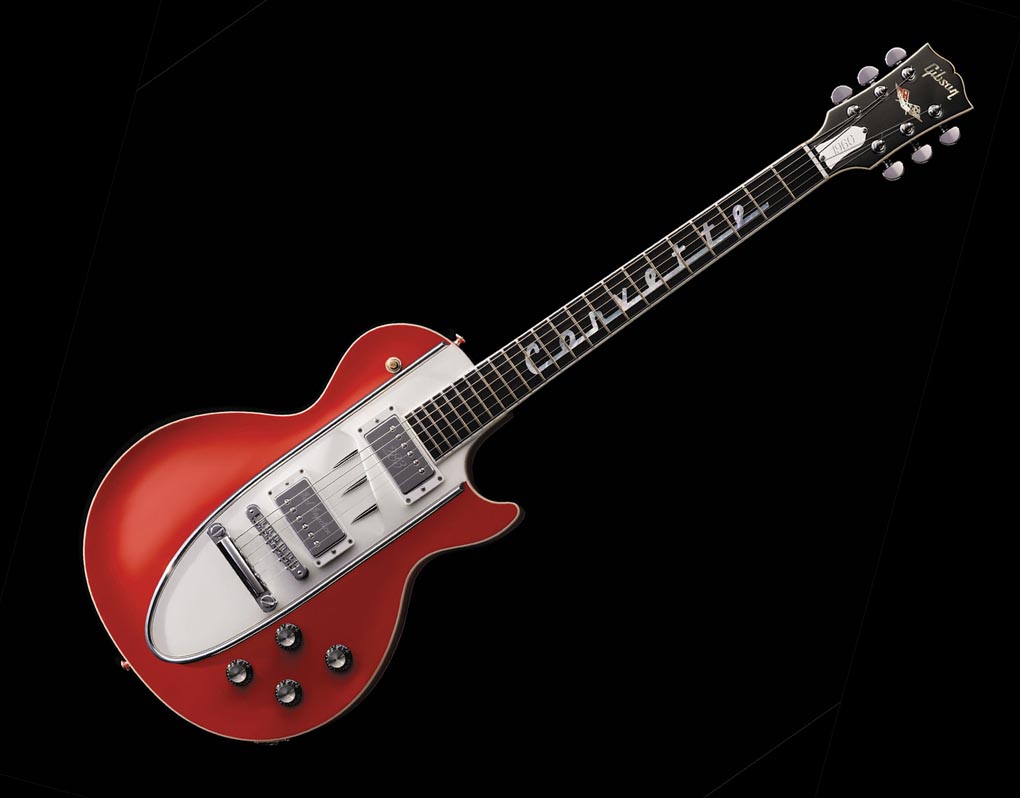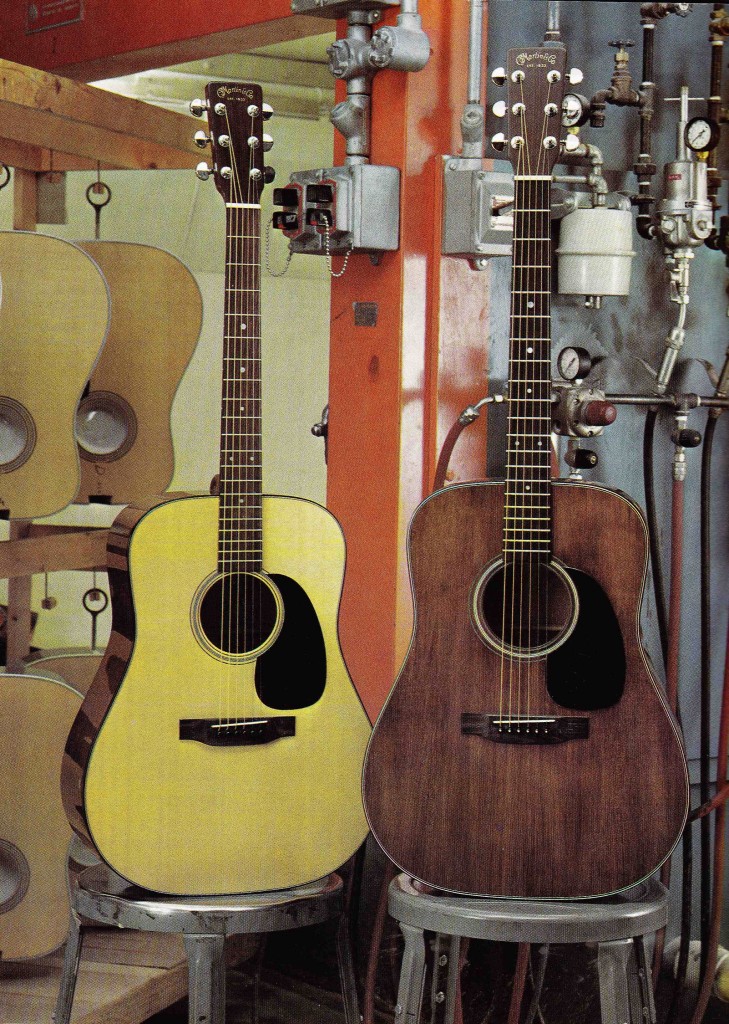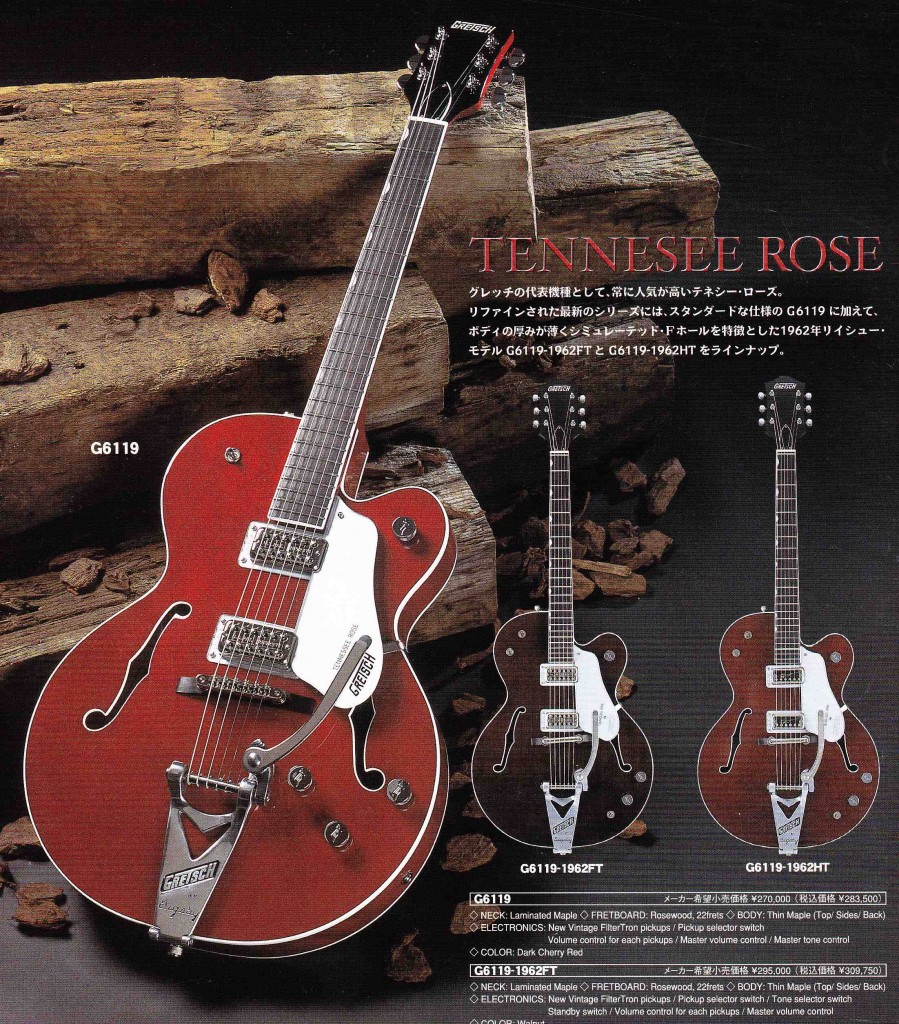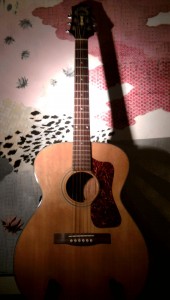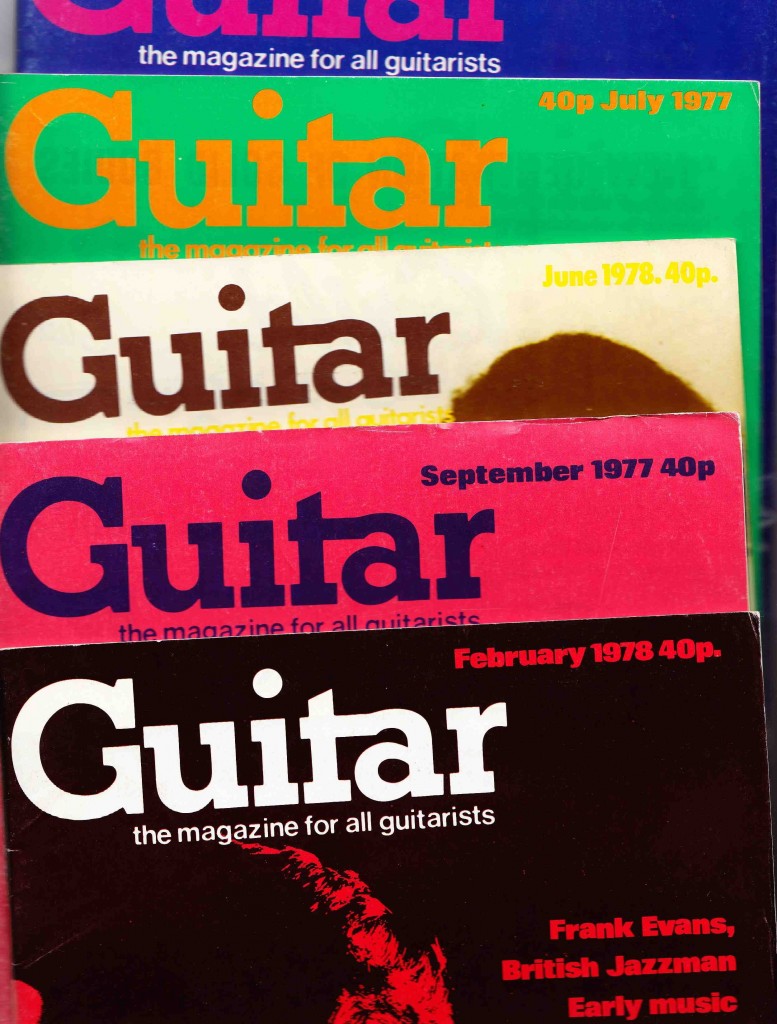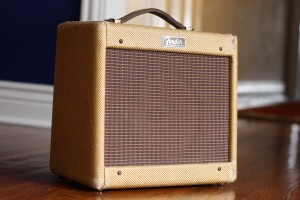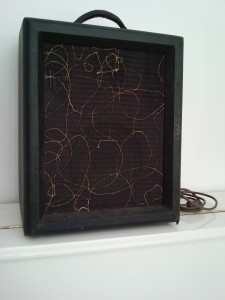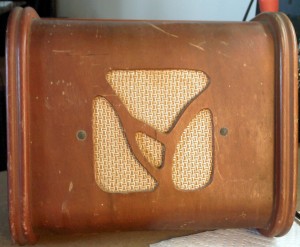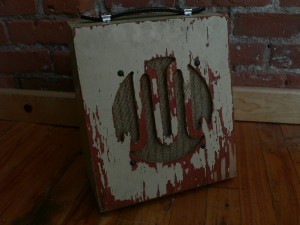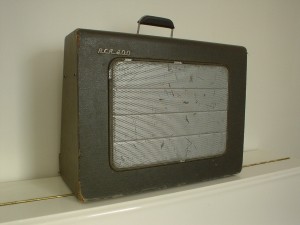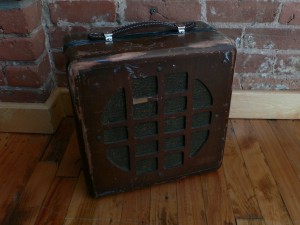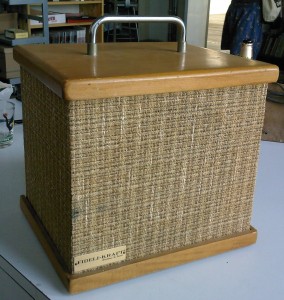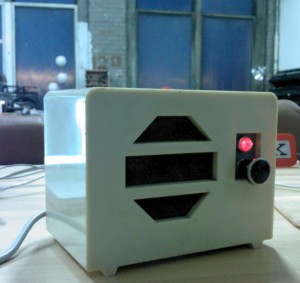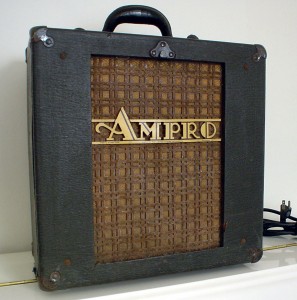The year is 1946. You are a man of the world. Bold and sophisticated. A true musical connoisseur.
In your stately home you use music to relax and to entertain. Your Magnavox Regency 155 combination Radio/Phonograph, with state-of-the-art dual 12″ speakers, serves you well for many decades. After many long and fruitful years, the day will come that you will pass into the next life; and then I will build a guitar amp from your Enormous Radio.
*************
******
***
When I did in fact purchase this gigantic ‘Instrument,’ as the manual called it, it was far too large to fit in my car. So with some basic hand-tools I dissected my $25 dollar purchase in the faded parlor where it had sat for a lifetime. I removed the radio chassis (mostly junk save for some 6J5 tubes), the later-added GE RIAA phono pre (sold on eBay), the 25 watt amplifier chassis (salvaged the tubes, output and phase-inverter transformers), and two 12″ Magnavox field-coil speakers.
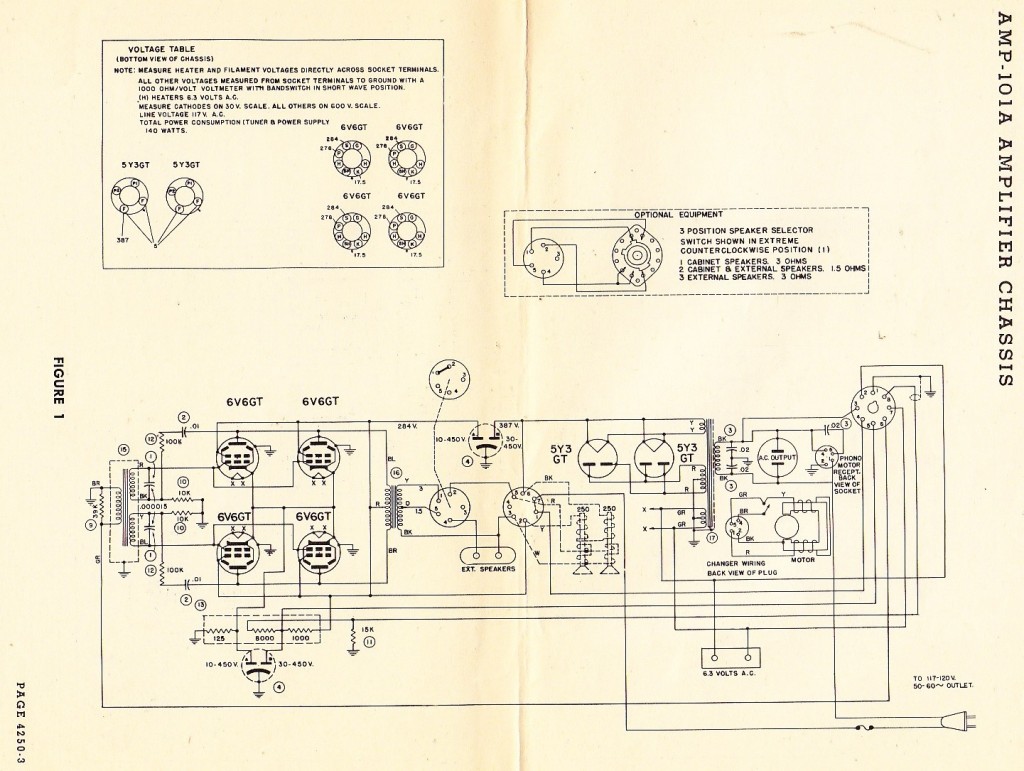 Luckily, my purchase came complete with all the manuals, service guides, and original warranty card. Using the schematic I was able to see how the ‘field-coil’ speakers function in this type of amplifier.
Luckily, my purchase came complete with all the manuals, service guides, and original warranty card. Using the schematic I was able to see how the ‘field-coil’ speakers function in this type of amplifier.
In my previous post on field coil speakers, I went into some detail about this technology and its relationship to more modern speakers. Now the time had come to actually build a working audio device using this antique technology.
I have completed the piece, and in this article I will describe some of the challenges faced, techniques used, and offer some audio examples of the end result. This is a somewhat long article, so if you just want to hear the audio, skip to the end…
FOLLOW THE LINK BELOW TO READ ON….
